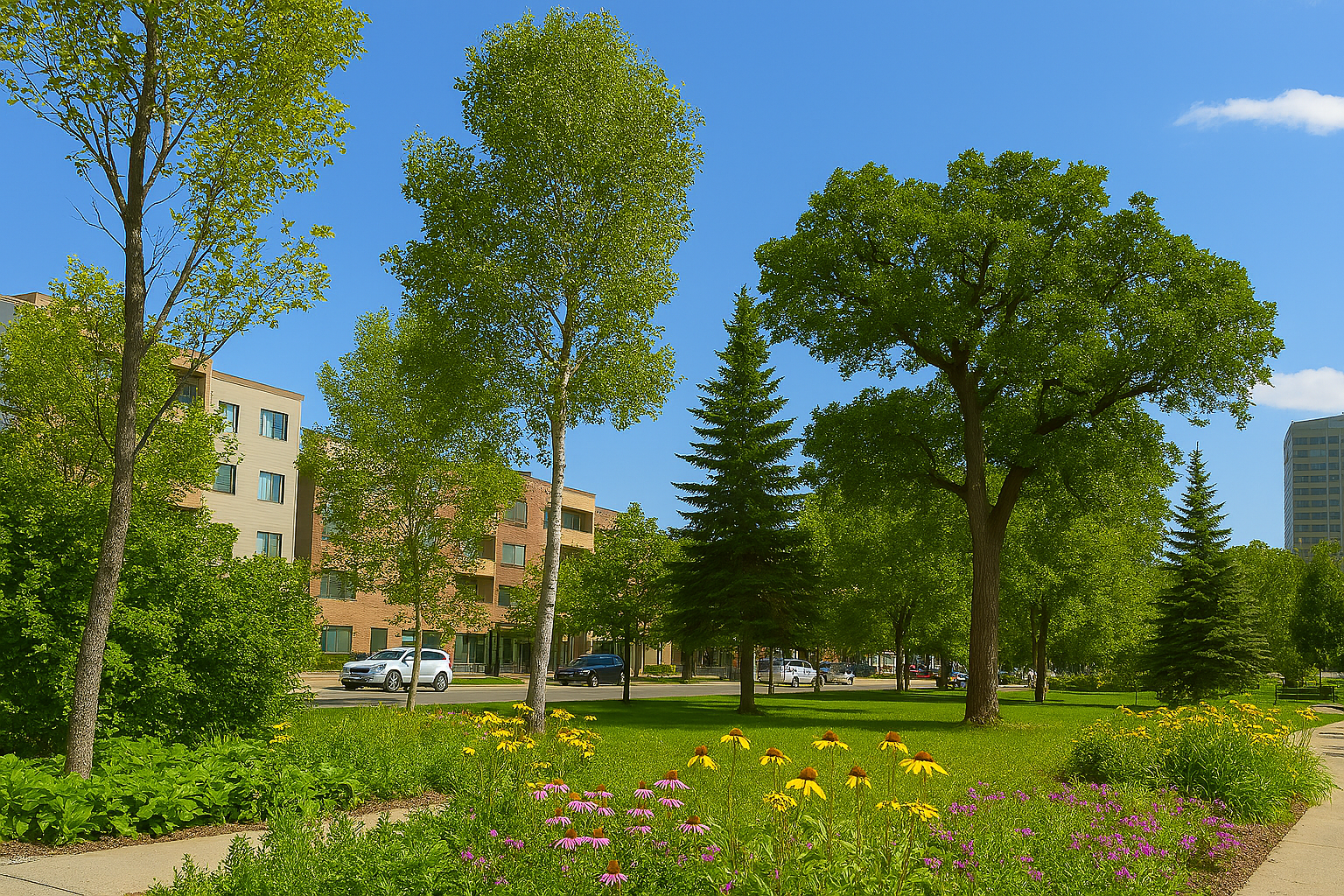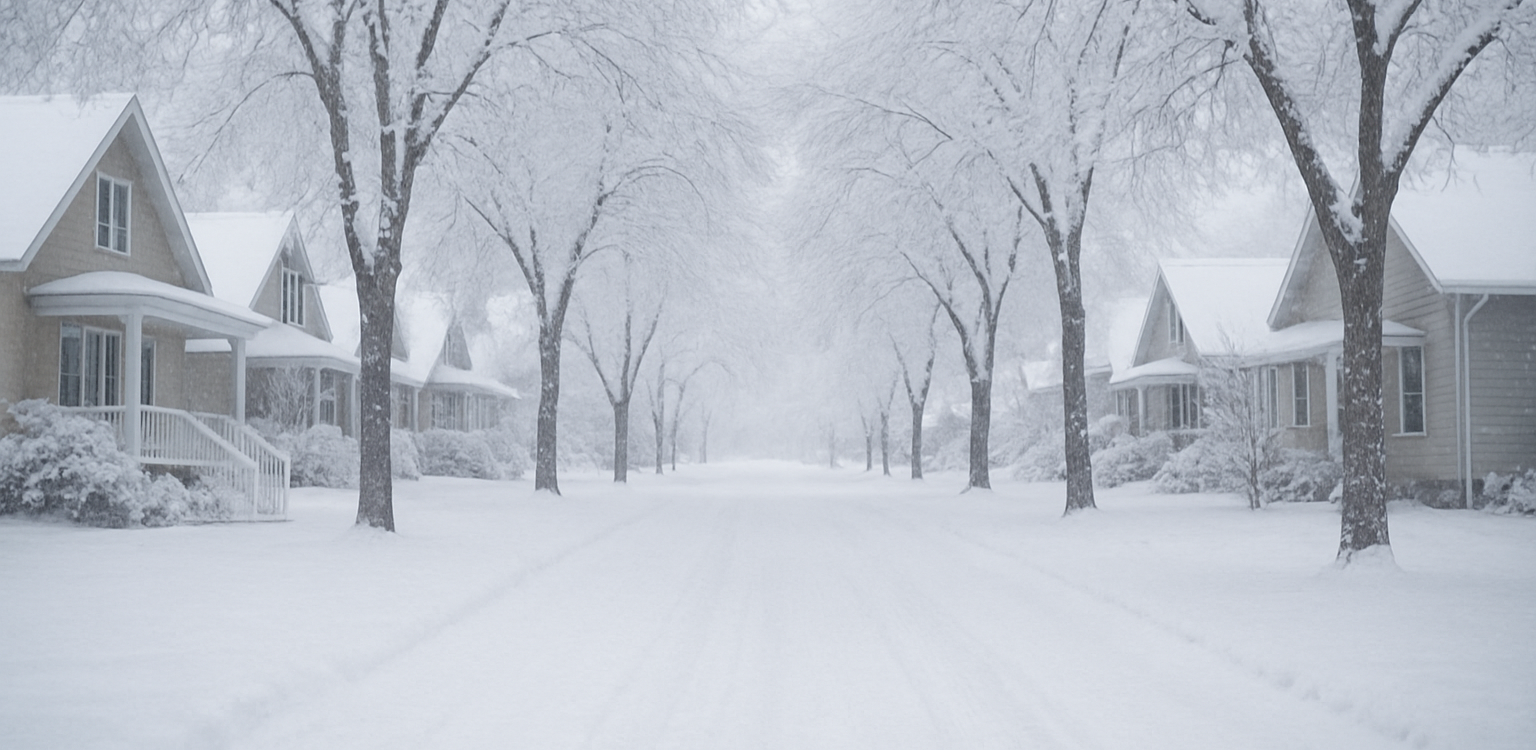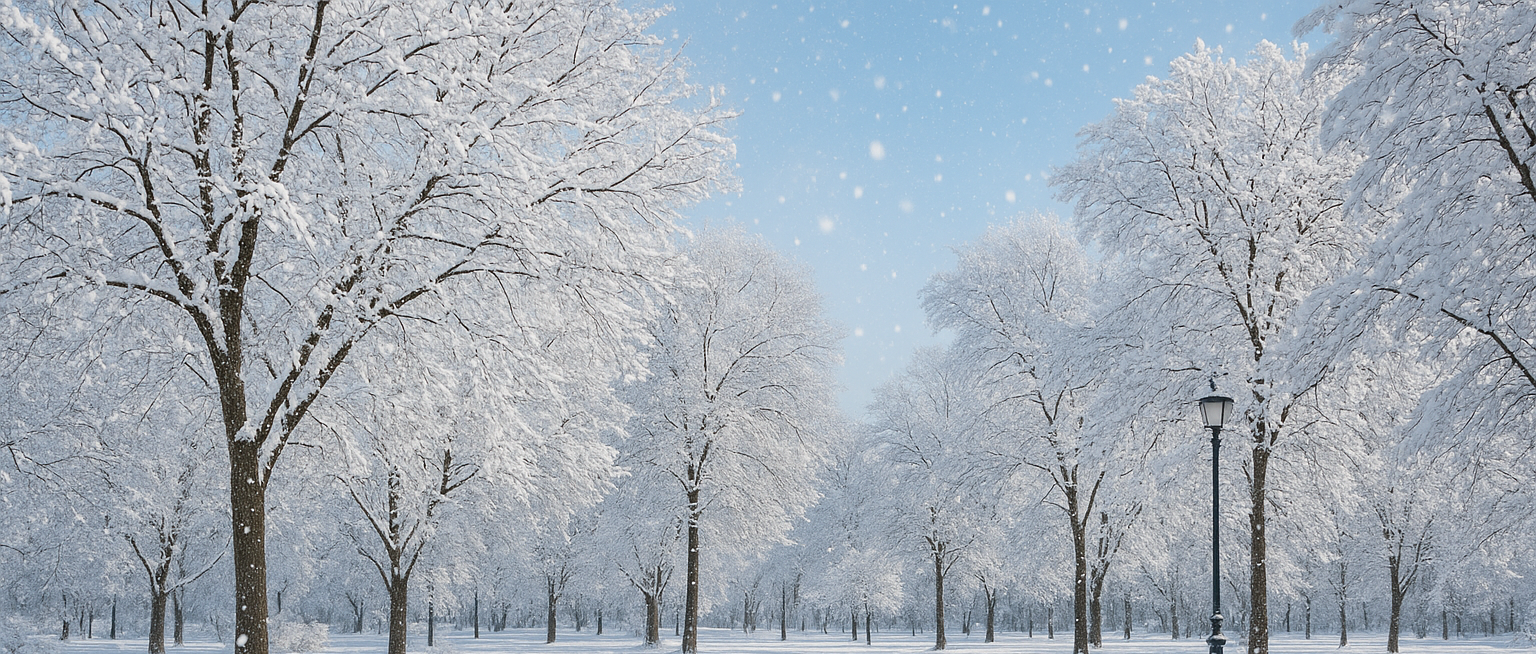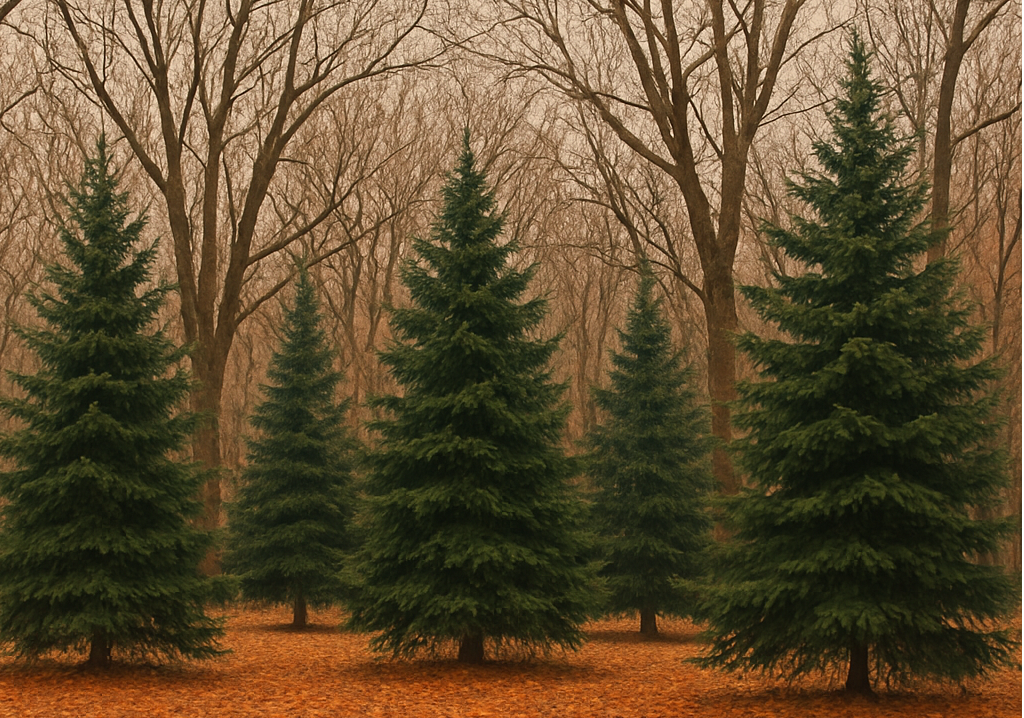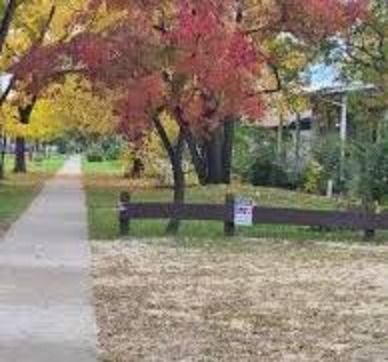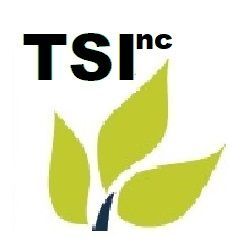The Benefits of Native Trees in Your Landscape:
Trevor Soltys & Paul Kasper
🌳 Why Native Species Are Often the Best Choice
When planning a landscape—whether for a residential yard, commercial property, or public space—tree selection is one of the most impactful decisions you’ll make. Trees shape the character of a space, influence biodiversity, and affect long-term maintenance costs. While exotic or ornamental species may offer visual novelty, native trees often provide unmatched benefits that make them the superior choice for sustainable, resilient, and beautiful landscapes.
🌳 What Are Native Trees?
Native trees are species that have evolved naturally in a specific region over thousands of years. In Manitoba, for example, native trees include bur oak (Quercus macrocarpa), Manitoba maple (Acer negundo), trembling aspen (Populus tremuloides), and white spruce (Picea glauca). These trees are adapted to local climate, soil conditions, and ecological relationships, making them uniquely suited to thrive in their natural habitat.
🌿 Ecological Benefits
1. Support for Local Wildlife
Native trees form the backbone of local ecosystems. Their leaves, bark, seeds, and flowers provide food and shelter for birds, mammals, insects, and fungi. For example, oaks support hundreds of species of caterpillars, which in turn feed songbirds during nesting season. Non-native trees often lack these relationships, offering little ecological value.
2. Pollinator-Friendly
Many native trees bloom in sync with local pollinators. Species like basswood (Tilia americana) and chokecherry (Prunus virginiana) attract bees, butterflies, and other beneficial insects. This helps maintain pollination cycles that support gardens, crops, and wild plants alike.
3. Resilience to Local Pests and Diseases
Because native trees have co-evolved with local pests and pathogens, they tend to be more resistant to them. This reduces the need for chemical treatments and lowers the risk of widespread tree loss. In contrast, exotic species may be vulnerable to local threats or introduce new ones, as seen with Dutch elm disease or emerald ash borer.
💧 Environmental Advantages
4. Water Efficiency
Native trees are adapted to local precipitation patterns and soil types. Once established, they typically require less irrigation than non-native species. In regions like Winnipeg, where summer droughts and clay-heavy soils are common, drought-tolerant natives like bur oak or green ash can thrive with minimal watering.
5. Improved Soil Health
Native trees contribute to soil stability and fertility. Their root systems prevent erosion, promote microbial activity, and cycle nutrients naturally. Leaf litter from native species decomposes efficiently, enriching the soil without the need for synthetic fertilizers.
6. Carbon Sequestration and Air Quality
All trees absorb carbon dioxide and filter pollutants, but native trees do so with fewer inputs and greater longevity. Their ability to thrive without excessive care means they can grow larger and live longer—maximizing their environmental impact over time.
🛠️ Practical and Economic Benefits
7. Lower Maintenance Costs
Because native trees are well-suited to local conditions, they require less pruning, pest control, and fertilization. This translates to lower long-term costs for homeowners, municipalities, and businesses. They’re also less likely to suffer transplant shock or die prematurely, reducing replacement expenses.
8. Storm Resilience
Native trees are better equipped to handle local weather extremes. In Manitoba, this means enduring harsh winters, spring floods, and summer windstorms. Species like white spruce and bur oak have deep roots and flexible branches that withstand these conditions better than many ornamental imports.
9. Compliance with Urban Forestry Goals
Many cities, including Winnipeg, are prioritizing native species in urban forestry plans to enhance biodiversity, reduce invasive species, and improve climate resilience. Planting native trees aligns your landscape with these goals and may qualify for municipal incentives or grants.
🎨 Aesthetic and Cultural Value
10. Seasonal Beauty
Native trees offer stunning seasonal displays—from the golden fall foliage of trembling aspen to the spring blossoms of saskatoon (Amelanchier alnifolia). Their beauty is deeply tied to the rhythms of the region, creating a sense of place and continuity.
11. Cultural and Historical Significance
Many native trees hold cultural importance for Indigenous communities and local traditions. Incorporating them into landscapes honors these connections and fosters a deeper appreciation for the land’s heritage.
🌱 Choosing the Right Native Tree
When selecting native trees, consider your site’s conditions: sunlight, soil type, drainage, and space. Consult local nurseries or arborists who specialize in native species. Some excellent choices for Winnipeg landscapes include:
• Bur Oak – Long-lived, drought-tolerant, and majestic.
• Manitoba Maple – Fast-growing and adaptable.
• White Spruce – Evergreen beauty with strong wind resistance.
• Saskatoon – Edible berries and spring flowers.
• Trembling Aspen – Striking fall color and fast growth.
🌎 Planting for the Future
Incorporating native trees into your landscape isn’t just a design choice—it’s a commitment to ecological stewardship, climate resilience, and community wellbeing. Whether you're greening a backyard or revitalizing a public park, native species offer a powerful way to build landscapes that are beautiful, functional, and deeply rooted in place.
